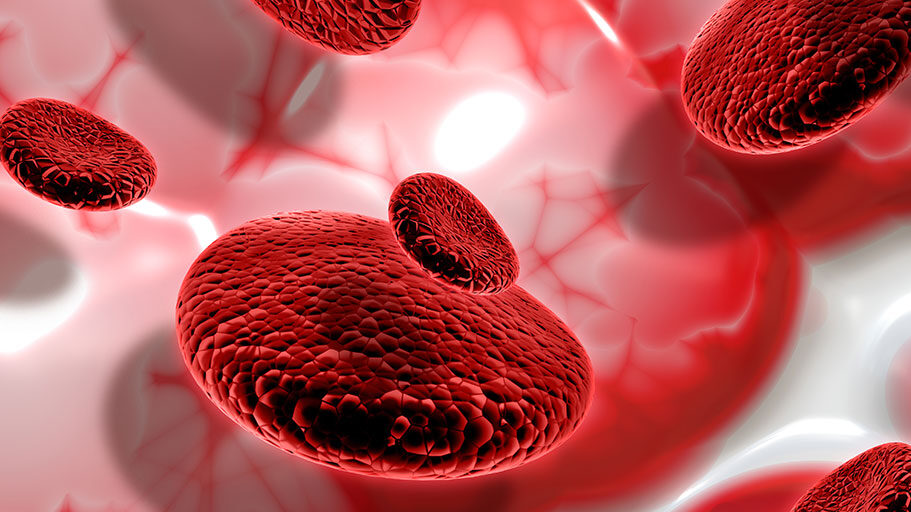
Thalassemia is the commonest genetic disorder in India and over 10,000 children are born per year with the major form of the disease. The disease in the severe form is called Thalassemia Major. It happens when the genes for thalassemia are inherited from both the parents. Usually the child becomes listless and irritable a few months after birth. By 6–9 months, most children require blood transfusion for survival. Blood transfusion needs to be regular as in every 4–6 weeks as needed to keep the hemoglobin levels above 12 gm% and not letting it drop below 9 gm%. Such a transfusion schedule if started in time and carried out rigorously, results in normal growth and development of the child. However, this comes at a cost. Blood contains a lot of iron and our body cannot naturally get rid of the iron if in excess. In a normal individual, iron comes from the food and the body can increase or decrease the iron absorption from the gut depending on its requirement. If the same iron is injected in our body as it happens with blood transfusion, the iron cannot be excreted and it builds up. Like everything in excess is bad, so is iron. Excess iron gets deposited in the heart and the liver amongst other places and results in dysfunction and ultimately failure of these organs and death.
Getting rid of the excess iron from the body by medicines is called CHELATION. The first such drug was Desferrioxamine. This could only be injected through the veins or under the skin. The children with thalassemia needed small pumps to continuously inject the drug under the skin for 8–10 hours usually at night. As these children grow up, they resent these restrictions and often do not adhere to the chelation schedule. Even in western countries the children developed severe iron overload during the adolescence and early adulthood which significantly reduced their lifespan. The average survival for children with thalassemia in developing countries barely exceeded the second decade.
The researchers had been toiling for two decades to find an oral drug to rid the body of the excess iron. The first such attempt produced a drug called Deferiprone. It was effective and yet had unexpected life threatening toxicities. As a result, the drug was not approved for use in the western countries and was introduced in India due to resource constraints. The struggle continued until recently, when a new drug called Deferasirox was launched which produced results similar to the injectable form of desferrioxamine with no surprising new side-effects. Can this change the future of the thousands suffering from thalassemia in our country?
We have perhaps built the perfect cart but yet struggling to find the horses. We can rid the iron by oral tablets and can live happily ever after, but can we support these children with enough blood and safe blood? Unfortunately, voluntary and dedicated blood donation cannot suffice the need of the millions of children given the poor infrastructure of blood banks in our country. More importantly, over 50% of those children transfused for over several years develop transfusion transmitted infections such as hepatitis B or C and HIV. Properly screened blood on a regular basis with continuous chelation can make these children step into their adulthood like any of us.
Should we continue to fail our children suffering from Thalassemia Major?

